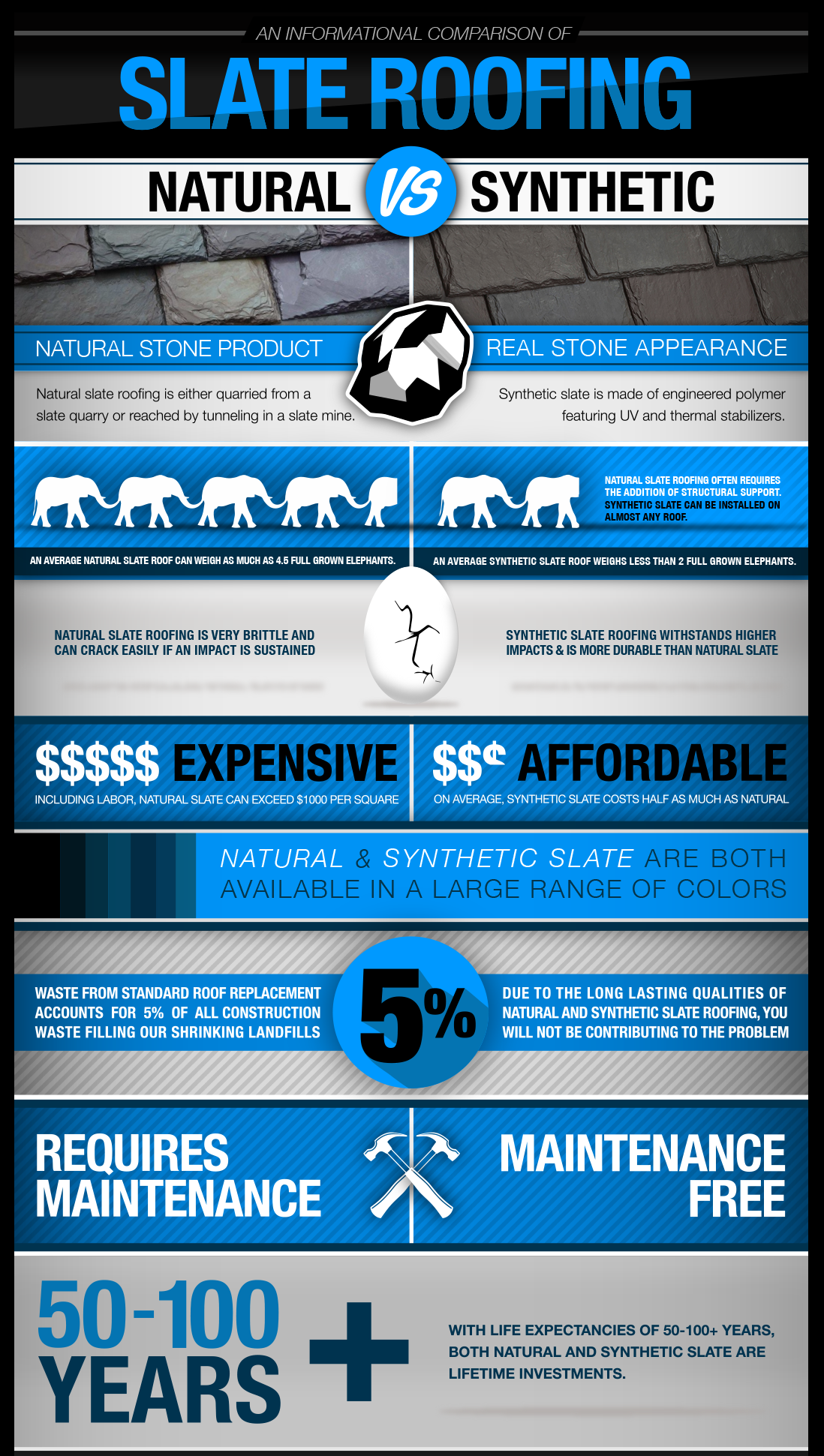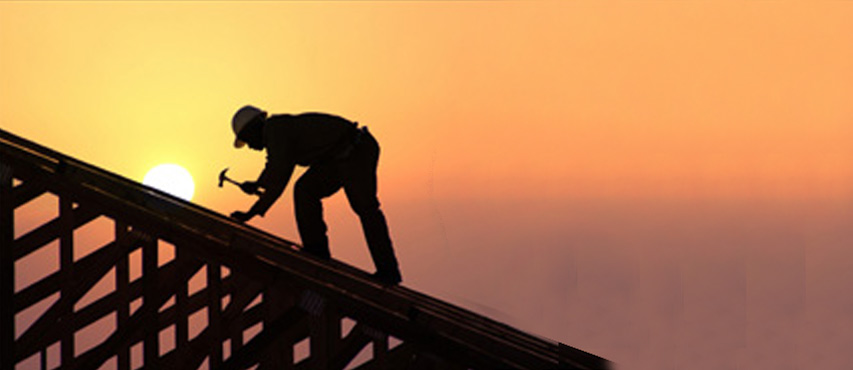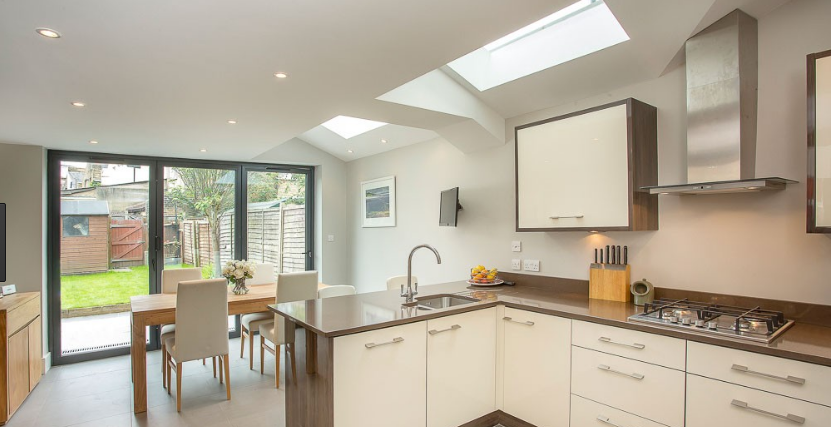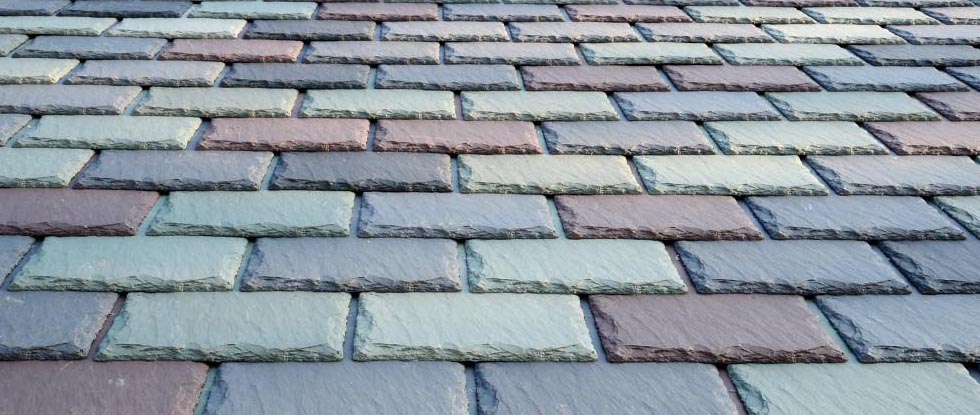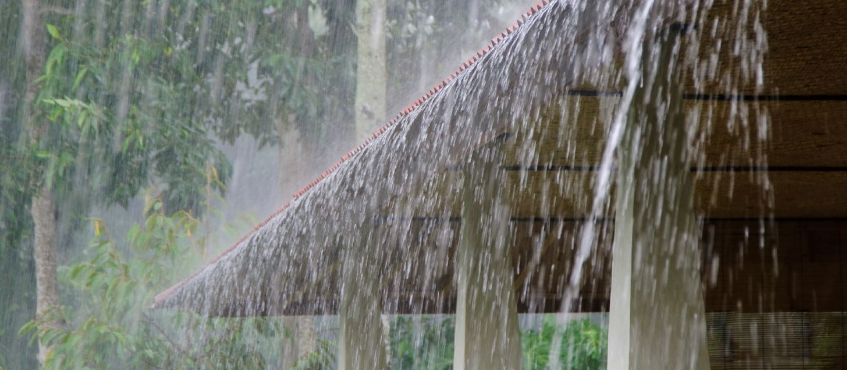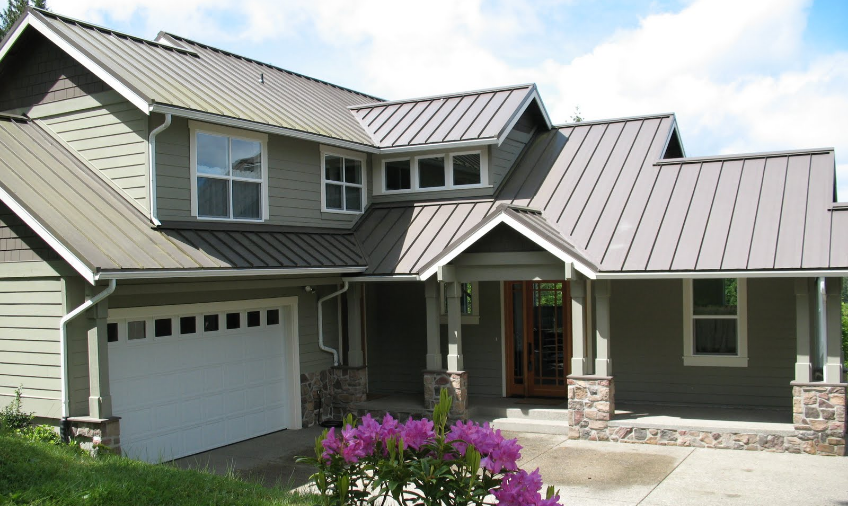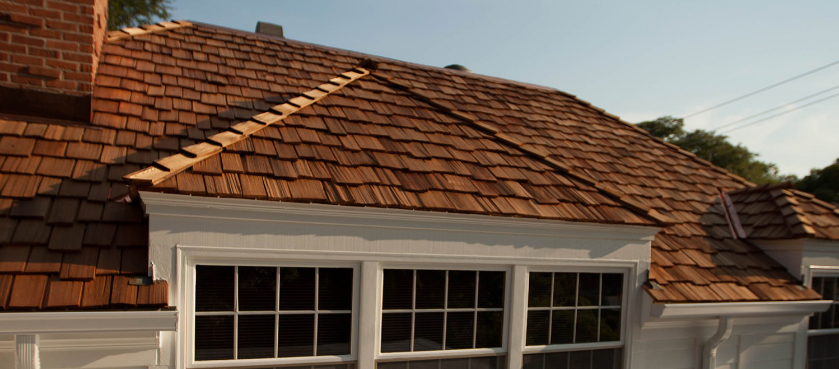October 4, 2017 in Roofing
All About Metal Roofing: The Benefits & the Myths
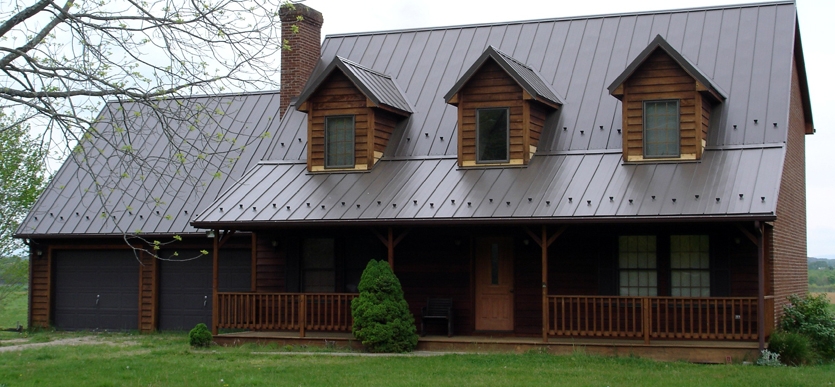
When building a home, or any other kind of structure around Maryland, you always have to think about roofing. The decision of which roofing material you will choose is one of the most important choices throughout the entire construction process. The right roofing material for one building may be all wrong for another, based on factors like our local climate, building style, etc.
In this article, we are going to be discussing some of the benefits and myths related to metal roofing. While metal is a great choice as a roofing material, it will not be right in every circumstance. Read on for a quick education on this impressive product.
Benefit – A Great Investment
It is true that you will typically need to spend more money upfront when installing a metal roof as compared to other options. However, that investment is usually going to pay off in the long run. There is a good chance your new metal roof will last a lifetime, which means avoiding another large expense down the line. Also, a metal roof can add to your home’s value, and it may even get you a break on your insurance.
Myth – It Is Heavy
This is a confusing myth, as the opposite is actually true. Metal roofing is quite a bit lighter than many of the other products on the market, such as concrete tiles or asphalt shingles. If you have been discounting the possibility of a metal roof due to weight, you can cross that point off your list of concerns right away.
Benefit – It Is Strong
If you would like to set your worries aside when it comes to storms and other issues which may damage a roof, metal is a great pick. A metal roof will be able to stand up to just about anything Mother Nature can bring along, and it is designed to last for the long run.
Myth – They Rust
This is also not true. While there may have been metal roof rusting issues in the past, modern products get around this possibility through the use of zinc coating. As long as you buy a quality product from a respected dealer, you should have no issues at all with regard to rust.
Benefit – Environmentally Friendly
You can do a favor for the earth when you choose metal roofing. There are a number of reasons why a metal roof is considered environmentally friendly, including the fact that it can be recycled and won’t be filling up landfills at any point in the future. Also, this type of roof is efficient, meaning you may have to run your appliances less to heat or cool your home.
Myth – It Is Loud
This might be the most common myth of all, but it too is one that shouldn’t be believed. Your metal roof will be installed on top of sheathing, just like any other roof material you may select. That means the roof will likely sound just all other roof options, and it may even be a little quieter, depending on the exact type of metal roofing you choose.



